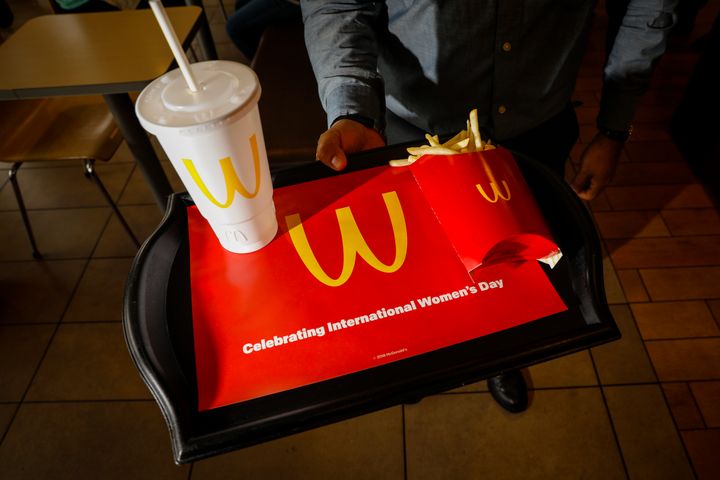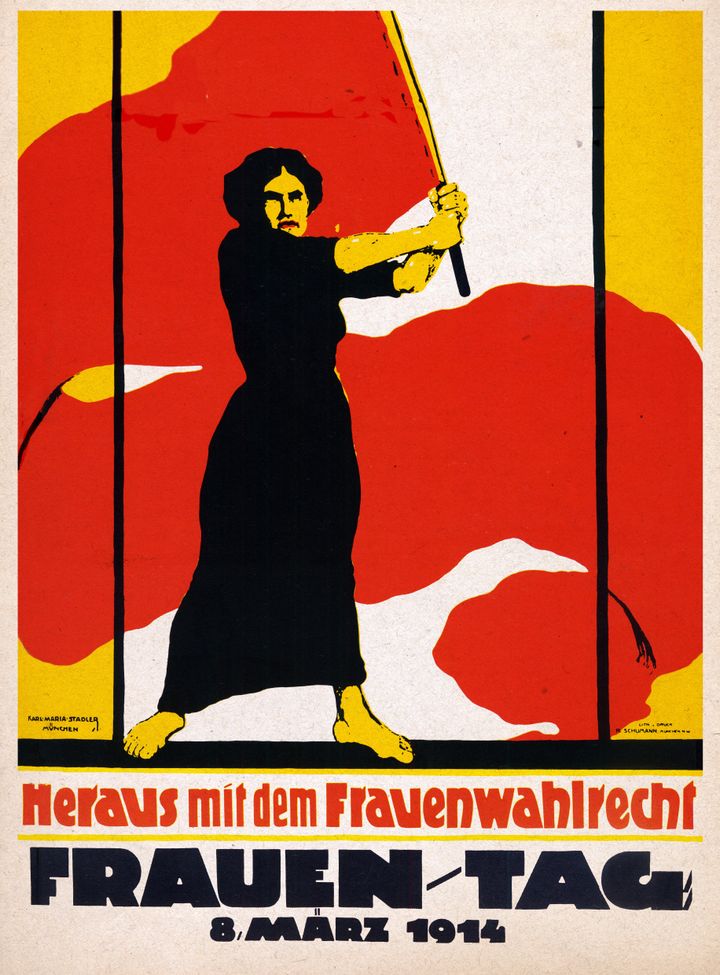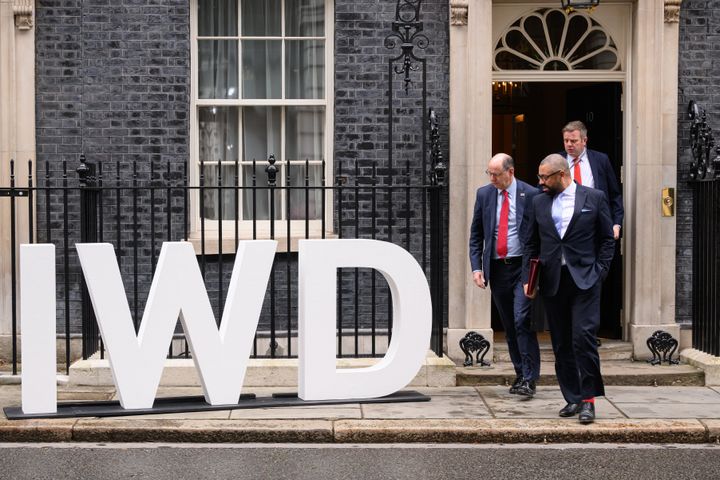
International Women’s Day (March 8) is more than 100 years old – and while there’s no denying there’s been progress in that time, gender equality is still so very far away.
The occasion was born out of radicalism. It can trace its origins back to 1908 when thousands called for better working hours and improved pay during a women’s march through New York City.
Then in 1909, the Socialist Party of America dubbed it Women’s Day, and by 1910, the Social Democratic Party of Germany suggested making it an annual, international opportunity for women to call for change.

It became a day for supporters of the women’s suffrage movement to march en masse in 1914 in London, and for women in Russia to demand bread and peace just before the start of the Russian Revolution in 1917.
By 1975, the UN had turned it into an international occasion, and today, it’s a public holiday in many countries around the world including Sierra Leone and Nepal.
But, according to the UN, the world is still 300 years away from gender equality. That’s three more centuries’ worth of International Women’s Days to go.
Speaking on March 6, UN secretary general Antonio Guterres pointed out that “women’s rights are being abused, threatened and violated around the world” to this day.
So why is the occasion more associated with faux feminism and marketing opportunity than ever?
As the Gender Pay Gap Bot so often points out on Twitter, most companies which make use of the day to promote their female employees or consumers usually still have a significant gender pay gap among their own staff.
There is something undeniably uncomfortable about the marketing that goes into supposedly honouring International Women’s Day, especially considering its more revolutionary origins.
This performative activism flies in the face of the whole purpose of IWD.
There are, of course, still some important things happening, both big and small.
Labour’s shadow minister for domestic violence Jess Phillips will be reading out a list of the names of women murdered by men since the previous year – an annual tradition she began when she was elected – to raise awareness of the ongoing crisis.
The EU has just decided historic sanctions over violence against women, too, and a march is often carried out in Mexico in protest of the murder of at least 10 women each day in the country.
Similarly, record crowds turned out in Spain in both 2019 and 2020 to protest against violence in women while the #MeToo movement in 2018 culminated in a landmark rally made up of hundreds in central Seoul.
Activist and retired history professor from Rutgers University in the US, Temma Kaplan, told The Guardian that media coverage has helped to promote IWD over the years, helping it become “one of the leading ways movements could get attention from the press and larger society and make arguments in a public forum”.
But as the UN special rapporteur on violence against women and girls, Reem Alsalem, also told the newspaper there is a “growing crackdown on women’s attempts to organise rallies and mark International Women’s Day”, as the cause becomes more “politicised”.
After all, the last year has seen women’s rights significantly rowed back.
The overturning of the Roe vs Wade abortion rights in the US, the ongoing restrictions on women’s rights (particularly education) in Afghanistan and the need for the rise of the ‘Woman, Life, Freedom’ movement in Iran are just a handful of worrying developments for gender equality over the last 12 months.
Prominent female world leaders have also stepped down – such as New Zealand’s PM Jacinda Ardern and Scotland’s First Minister Nicola Sturgeon, citing burnout. Both faced extensive sexism while in their posts.
Other female leaders still in power, like Finland’s PM Sanna Marin, still face intense scrutiny and publicly sexist remarks (Marin and Ardern were both asked if they were meeting because of their “common interests” rather than because they were both world leaders only in November).
UN Women also found in January just 31 countries have a woman serving as a head of state or government, showing women are “underrepresented at all levels of decision-making worldwide an that achieving gender parity in political life is far off.”
Even in areas of life which we may take for granted, women still struggle to gain equality. As the UN pointed out, 37% of women around the world do not use the internet – that works out to 259 million fewer women without access compared to men.
And a study of 51 countries revealed 38% of women had personally experienced online harassment.
So while the IWD Google Doodle, and Firefox’s add-on offering to change the word Bitch to Boss on any web page will not exactly hurt the cause, much more needs to be done.
And – looking at No.10 Downing Street, who proudly displayed an IWD sign outside its front door on Wednesday – only action, not platitudes will help gender equality.
